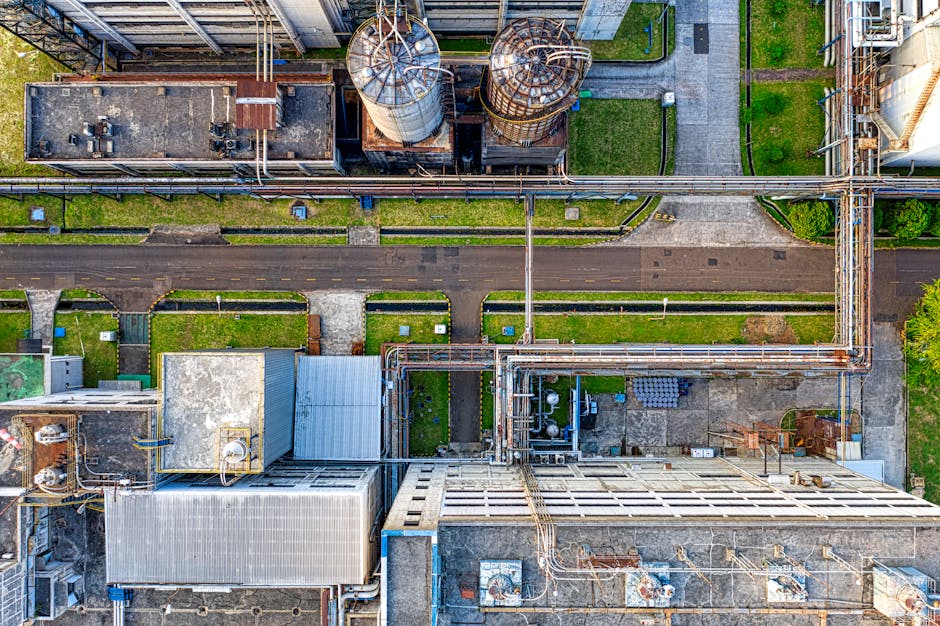Unlock encrypted content
Please enter your SSCE key to initiate on-the-fly decryption.
Decryption key: (Click cancel if you don't have the key)
Copied link to clipboard.
This feature is unavailable for free accounts. Upgrade now and enjoy all Premium benefits.
Go Premium!
This feature is unavailable for free accounts. Upgrade now and enjoy all Premium benefits.
Go Premium!
Please open this page in browser ( Google Chrome or Safari ) to use this feature.
Open In Browser
Cloud Storage for Photographers: Data Accessibility On the Go
Random related video for this blog.
Copied share link to clipboard.
From high-resolution images to videos and multimedia content, the need for reliable and efficient storage solutions has become paramount. This is where cloud storage comes in. With its ability to provide secure, accessible, and scalable storage, cloud storage has become an indispensable tool for photographers. In this article, we will explore the benefits of cloud storage for photographers, the role of artificial intelligence (AI) in data management, and the future possibilities of brain-machine interfaces and nanotechnology in the field.
Benefits of Cloud Storage for Photographers
Cloud storage offers numerous advantages that make it an ideal choice for photographers. One of the key benefits is data accessibility on the go. With cloud storage, photographers can access their files from any device with an internet connection, allowing them to showcase their work to clients or collaborate with colleagues seamlessly. This level of accessibility eliminates the need for physical storage devices, such as external hard drives or memory cards, reducing the risk of data loss or damage. Another advantage of cloud storage is the ability to share files on any social media platform. Photographers can easily upload their images or videos to the cloud and share them directly on platforms like Instagram, Facebook, or Twitter. This not only saves time but also ensures that the content reaches a wider audience, potentially leading to increased visibility and opportunities for professional growth.The Role of Artificial Intelligence (AI) in Data Management
Artificial intelligence (AI) has revolutionized various industries, and the field of photography is no exception. AI-powered algorithms can assist photographers in organizing and managing their data effectively. For instance, AI can automatically tag and categorize images based on their content, making it easier to search and retrieve specific files. This feature saves photographers valuable time that would otherwise be spent manually organizing their vastimage libraries. Moreover, AI can also enhance the editing process by suggesting enhancements or adjustments based on patterns and trends in the photographer's previous work. This intelligent automation can help photographers streamline their workflow and achieve consistent results, ultimately improving their productivity and creativity.
The Future Possibilities: Brain-Machine Interfaces and Nanotechnology
Looking ahead, the future of cloud storage for photographers holds intriguing possibilities. One such possibility is the integration of brain-machine interfaces (BMIs) with cloud storage. BMIs are devices that establish a direct connection between the human brain and external devices, enabling the transfer of information. In the context of photography, this could mean the ability to upload one's memories or even visualizations directly to the cloud. Imagine a photographer being able to instantly capture and store a moment as it is experienced, creating a truly immersive and personal archive of memories. Nanotechnology is another field that could shape the future of cloud storage for photographers. With advancements in nanotechnology, it may become possible to store massive amounts of data in incredibly small devices. This could lead to the development of ultra-compact and high-capacity storage solutions, allowing photographers to carry their entire portfolios in their pockets. Additionally, nanotechnology could also enhance the durability and longevity of storage devices, ensuring the preservation of precious memories for generations to come. In conclusion, cloud storage has become an invaluable tool for photographers, providing them with data accessibility on the go, seamless sharing capabilities, and efficient data management. The integration of artificial intelligence (AI) further enhances the benefits by automating tasks and improving workflow efficiency. Looking to the future, the possibilities of brain-machine interfaces (BMIs) and nanotechnology open up exciting prospects for the field, offering unprecedented ways to capture, store, and relive moments. As the digital landscape continues to evolve, cloud storage remains a vital asset for photographers, enabling them to focus on what they do best – capturing and creating unforgettable images.Frequently Asked Questions (FAQs)
Question: How can cloud storage benefit photographers? Answer:
Cloud storage offers photographers data accessibility on the go, seamless sharing capabilities, and efficient data management. It eliminates the need for physical storage devices and provides a scalable solution for storing and accessing large amounts of data.
Question: How can artificial intelligence (AI) enhance data management for photographers? Answer:
AI-powered algorithms can automate tasks such as organizing and categorizing images, saving photographers time and effort. AI can also assist in the editing process by suggesting enhancements based on patterns and trends in the photographer's previous work.
Question: What are the future possibilities of cloud storage for photographers? Answer:
The future of cloud storage for photographers could involve the integration of brain-machine interfaces (BMIs), allowing for the direct transfer of memories or visualizations to the cloud. Nanotechnology could also lead to the development of ultra-compact and high-capacity storage solutions, revolutionizing the way photographers store and access their data.
By Amelia Isabella
Email: [email protected]
Related
The Future of Human-Machine Connection: Data Analytics, File Hosting, and...
June 12, 2023
Read More
Cloud Storage Benefits for Smart Homes, Electric Vehicles, Space Exploration...
June 12, 2023
Read More
The Future of Cloud Storage: Technological Advancements and Customizable Storage...
June 12, 2023
Read More
Efficient Data Management with Neural Implants, Genetic Algorithms, and Augmented...
June 13, 2023
Read More
Real-Time File Collaboration and Cybersecurity Solutions for Cloud Storage Scalability.
June 13, 2023
Read More
Revolutionizing Data Management: A Comprehensive Guide to FileLu Cloud Storage.
June 13, 2023
Read More
Popular
The Future of Digital Transformation: Exploring Smart Homes, Efficient File...
November 30, 2025
Read More
Latest
The Future of Digital Transformation: Exploring Smart Homes, Efficient File...
November 30, 2025
Read More
Exploring the Benefits of Cloud Storage and Innovative Technologies in...
November 26, 2025
Read More
The Future of Technology: Exploring Biohacking, Space Tourism, and Digital...
November 23, 2025
Read More
The Future of File Sharing: Streamlined Workflows for Photographers and...
November 19, 2025
Read More
Exploring the Intersection of Technology: From Cybersecurity to Augmented Reality...
November 16, 2025
Read More
The Future of File Management: Embracing Edge Computing and Efficient...
November 12, 2025
Read More
The Future of File Sharing: Exploring User-Friendly Solutions and Data...
November 5, 2025
Read More
The Future of Cloud Storage: How FileLu Empowers Creative Professionals...
November 2, 2025
Read More
The Future of Autonomous Technologies: Innovations in Robotics, File Sharing,...
October 29, 2025
Read More
Emerging Technologies Revolutionizing File Management: From Li-Fi to Robust Collaboration...
October 26, 2025
Read More
Emerging Technologies: Exploring the Impact of File Access Auditing, Genetic...
October 19, 2025
Read More
The Future of Data Storage: Exploring Advanced Encryption, Mobile Integration,...
October 5, 2025
Read More
Exploring the Future of Data Management: Security, Efficiency, and Cognitive...
September 28, 2025
Read More
Revolutionizing Data Management: Innovations in Storage, Security, and Sustainable Technology.
September 24, 2025
Read More



















